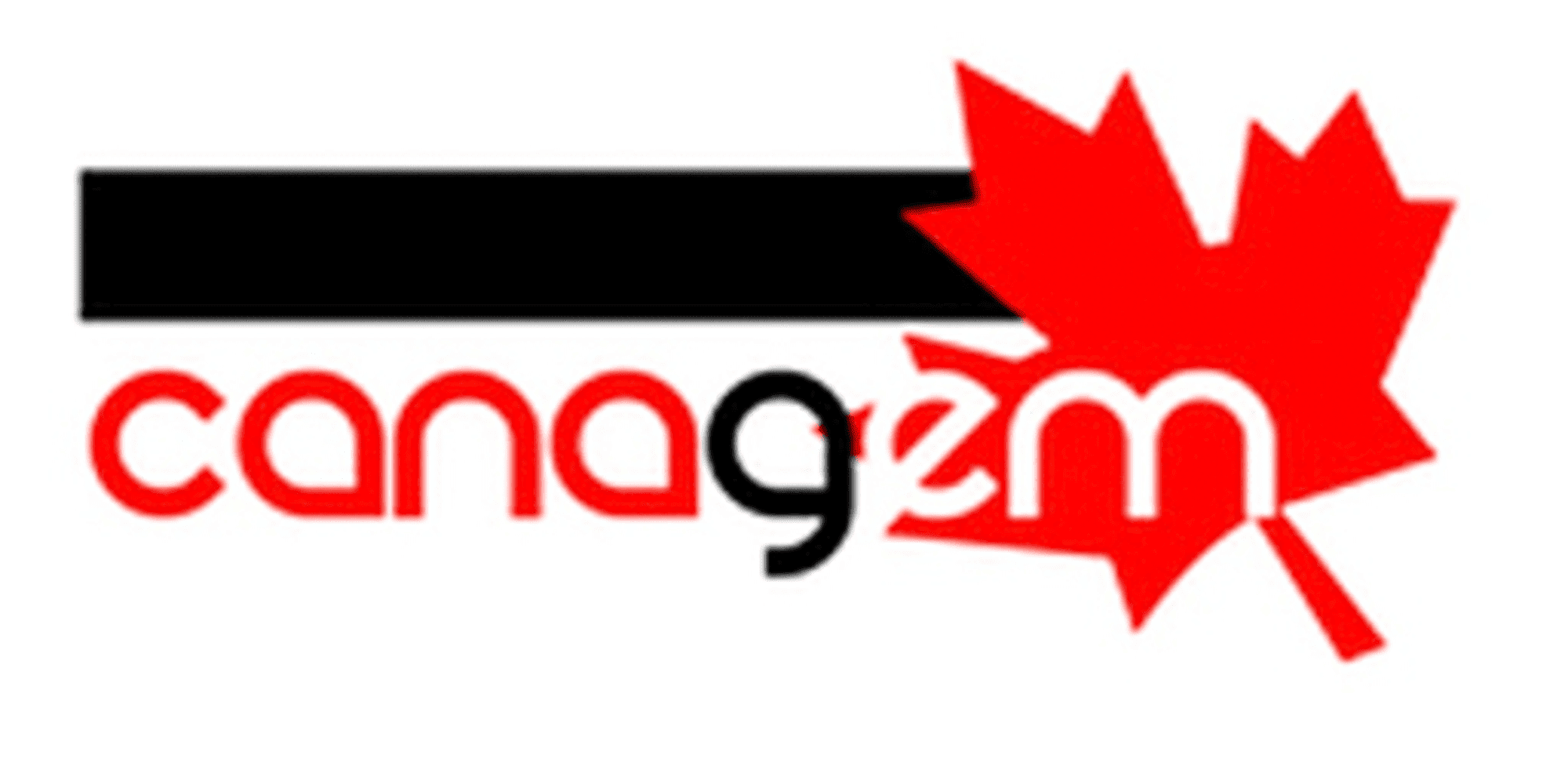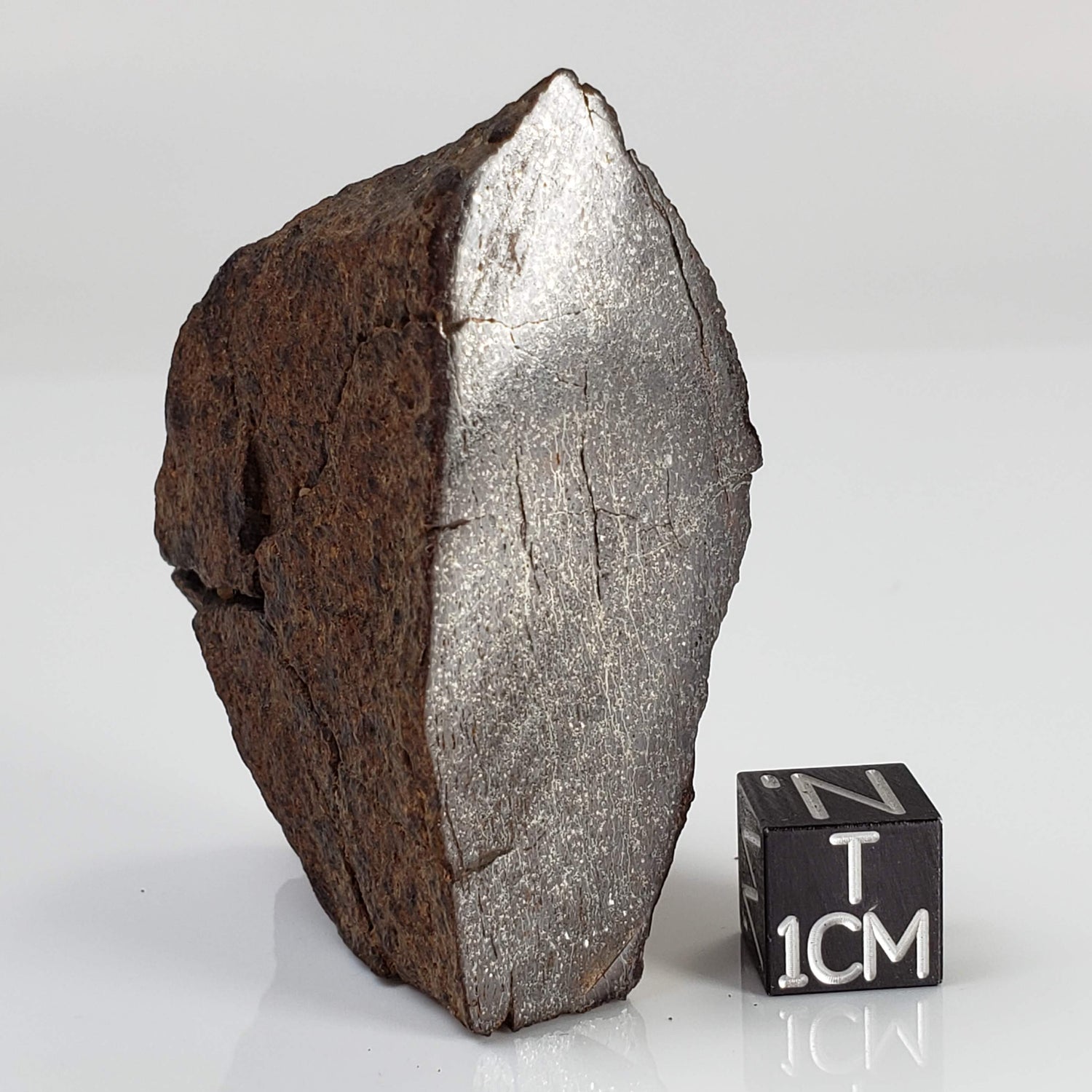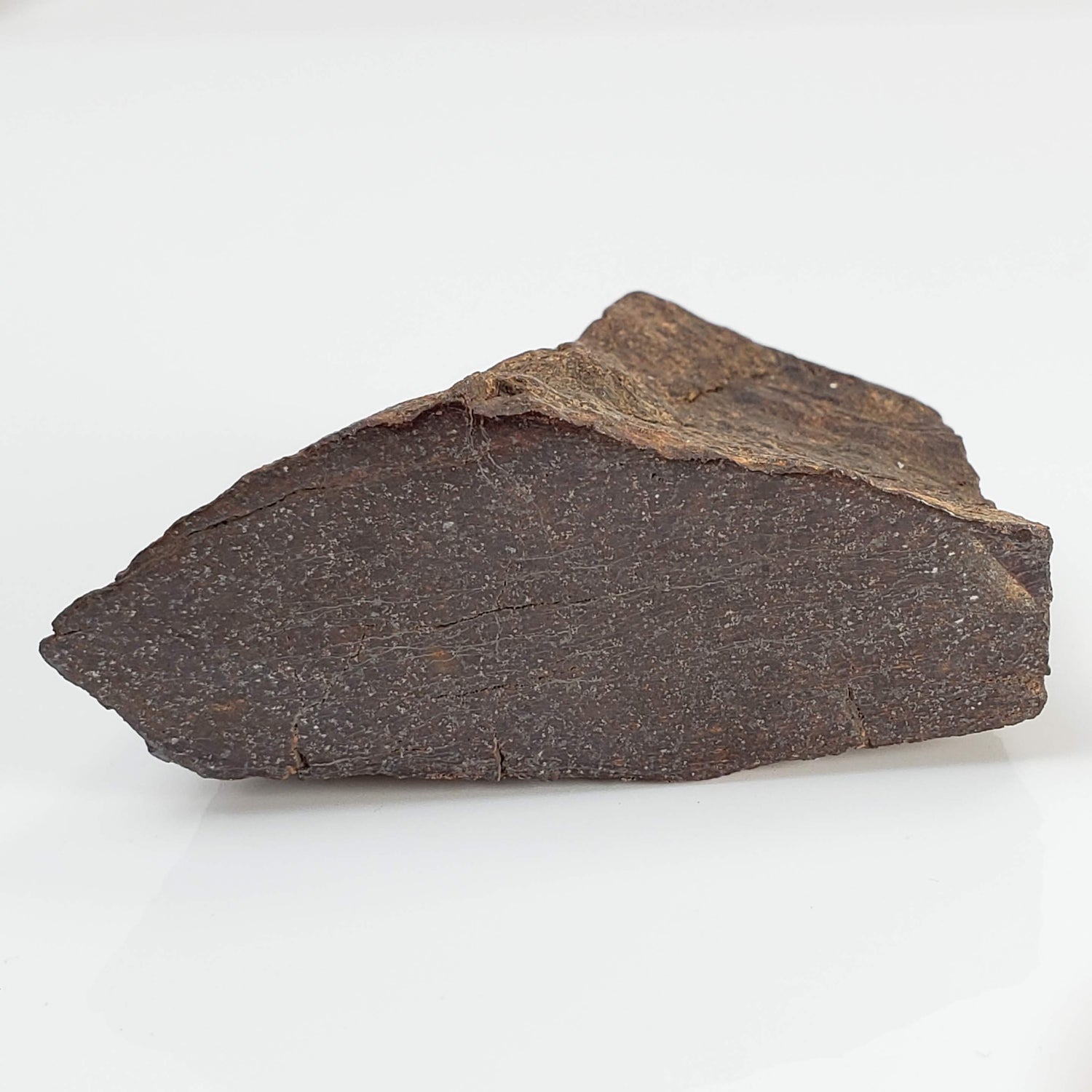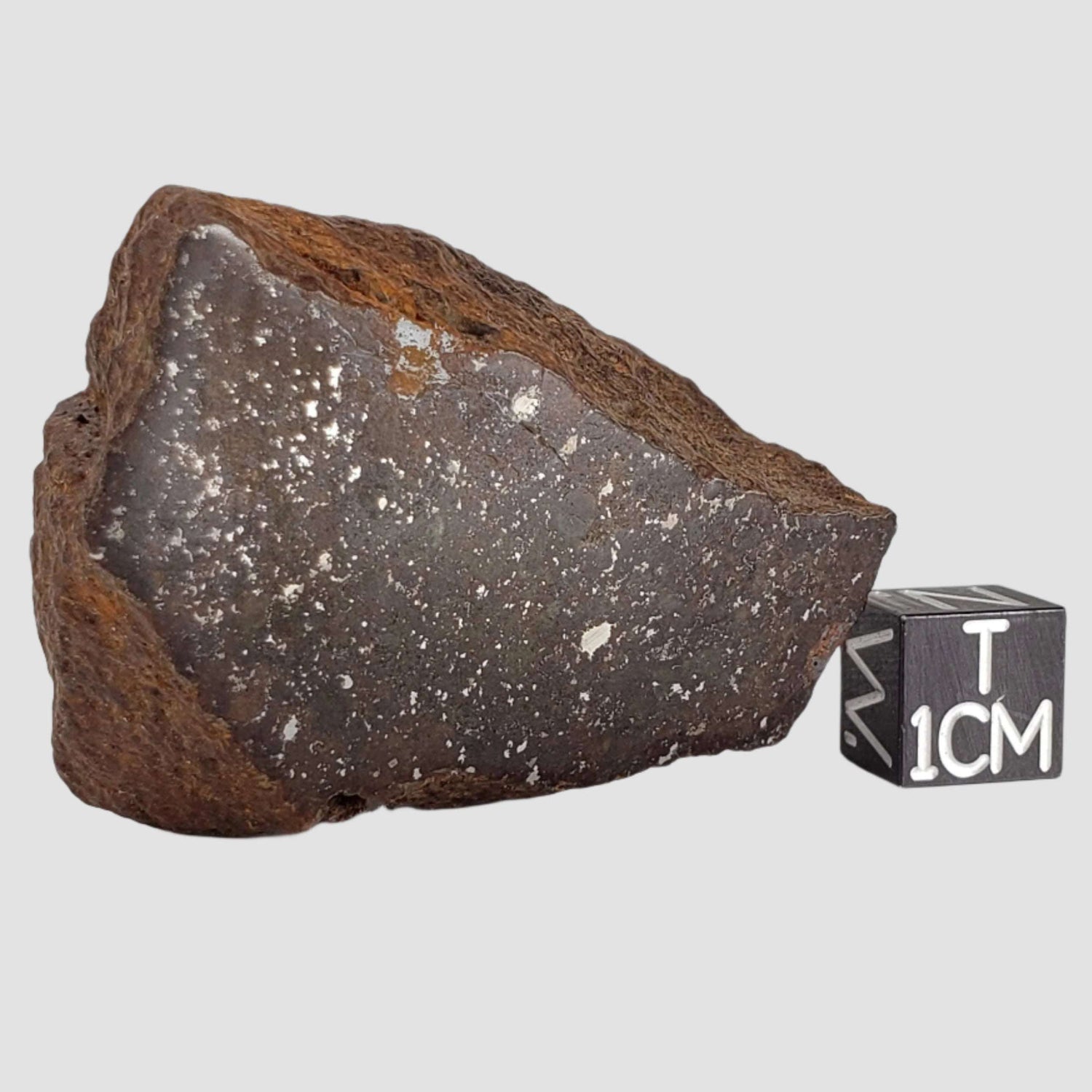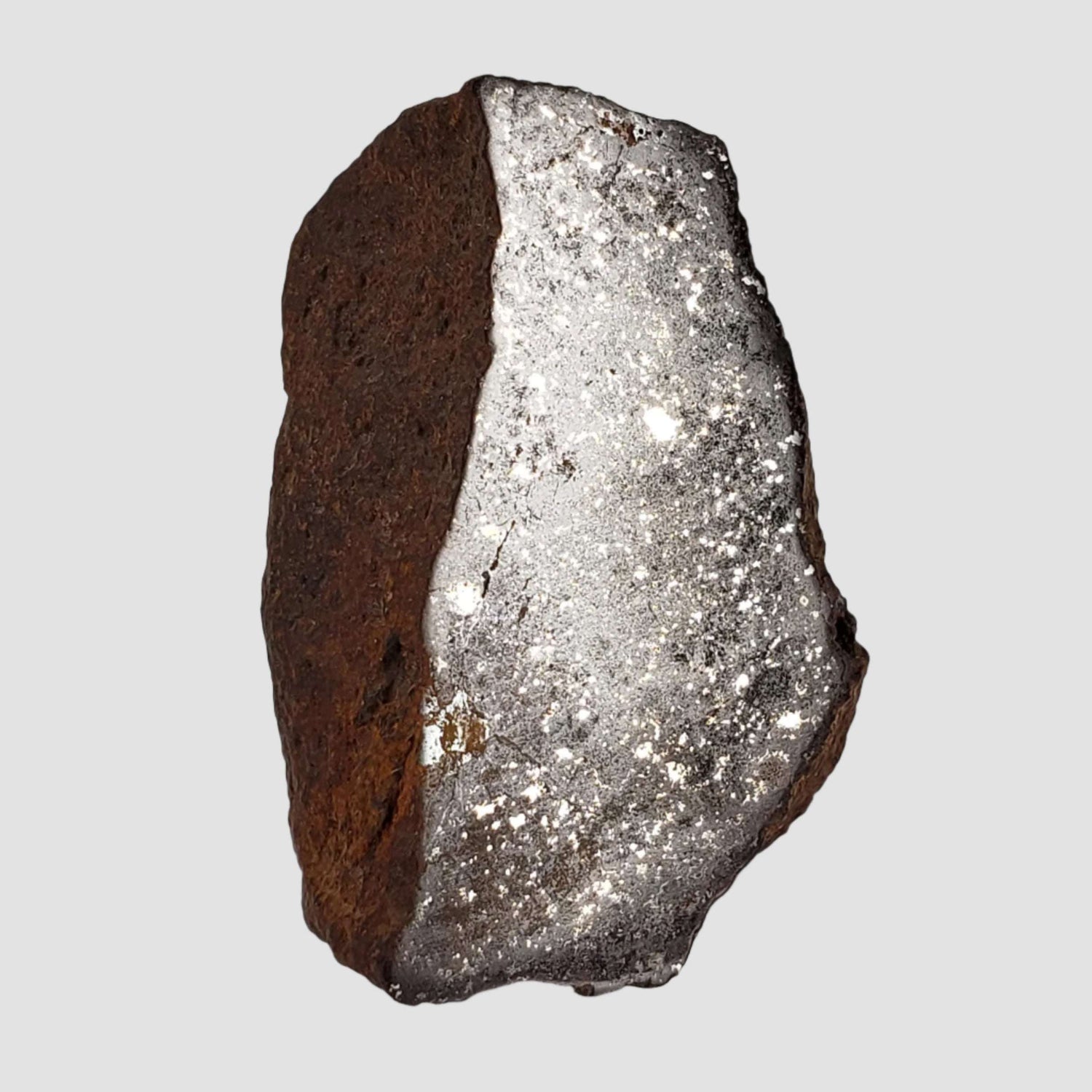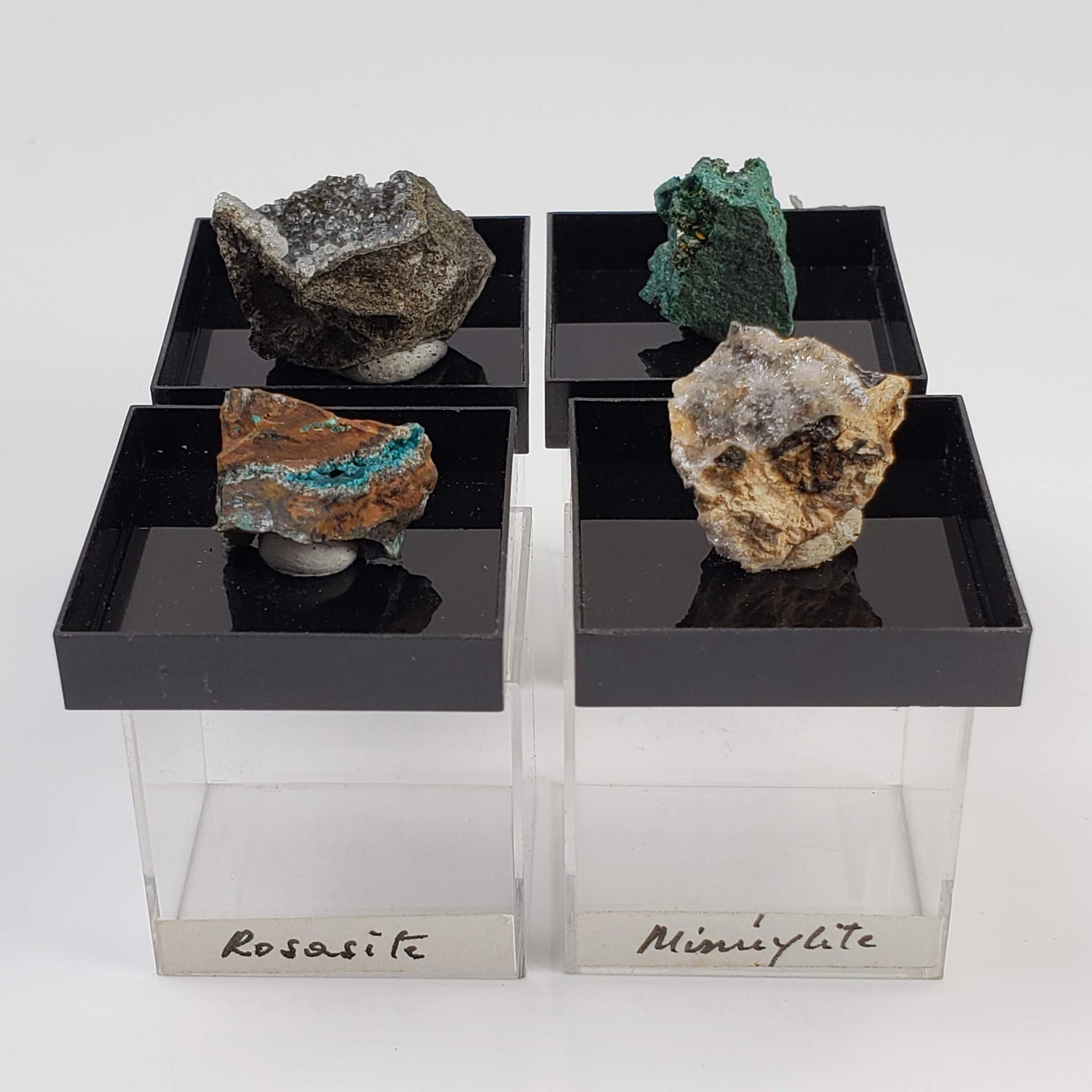Sort by:
305 products
305 products
This is a specimen of natrolite crystals on matrix from Bernardsville, New Jersey. Both sides of the specimen are covered with many sharp natrolite crystals. The specimen is in very good condition. Make this a special specimen in your collection.
Name: Natrolite cluster
Specimen Size: Miniature-Sized
Dimensions: 55x52x27 mm / 2.2x2.0x1.1 inches
Weight: 74 Grams / 2.6 ounces
Origin: Bernardsville, New Jersey, USA



Seymchan Meteorite | 7.14 gr | Part Slice | Olivine Crystals | Pallasite PMG | Russia
$95.00 CAD
Unit price perSeymchan Meteorite | 7.14 gr | Part Slice | Olivine Crystals | Pallasite PMG | Russia
$95.00 CAD
Unit price perThis is a nice 7.14 gram Seymchan Iron meteorite part slice measuring 38x19x9 mm. The meteorite was found in 1967 in a brook-bed flowing into the river of Hekandue, a left tributary of the river of Jasachnaja of the Magadan district, USSR. It is classified as an Iron Pallasite main group and is 1 of only 48 approved meteorites classified as such, with a recovered weight of about 323 Kg.
This piece was nicely prepared, it is very stable and will remain like this for years to come with minimal care. This piece displays extremely well and is a desirable size showing great features. Would be a beautiful addition to any new or existing collection. Comes with a Canagem Collection specimen card.
This is a specimen of Natrolite crystals from world famous site Mont Saint-Hilaire, Québec. This cluster of white Natrolite crystals is in very good condition. Make this a special specimen in your collection.
Name: Natrolite cluster
Specimen Size: Cabinet-Sized
Dimensions: 64x31x27 mm / 2.5x1.2x1.1 inches
Weight: 56 Grams / 1.9 ounces
Origin: Mont Saint-Hilaire, Québec, Canada
This is an excellent museum grade, cast replica of the very rare and highly prized Dipluera Dekayi trilobite. Expertly cast by Hamilton Group, Windom Shales, Rochester, New York and ready for your display cabinet. The Trilobite itself measures 115x64 mm, the entire host rock is 177x132 mm.
Trilobites are the most diverse group of extinct animals preserved in the fossil record. Nine orders of trilobite are recognized, into which 15,000+ species are placed. Trilobites are remarkable, hard-shelled, segmented creatures that existed over 300 million years ago in the Earth's ancient seas. They went extinct before dinosaurs even came into existence, and are one of the key signature creatures of the Paleozoic Era, the first era to exhibit a proliferation of the complex life-forms that established the foundation of life as it is today. Although dinosaurs are the most well-known fossil life forms, trilobites are also a favorite among those familiar with Paleontology (the study of the development of life on Earth), and are found in the rocks of all continents.
This ancient shallow-water sea dweller would make a wonderful educational gift or a great home or office display item. It can also be used for science projects and other types craft displays. Comes with a Canagem Collection specimen card.
This is a nice looking end cut of a Sahara Desert NWA unclassified meteorite. It weighs 64.5 grams and measures 51x42x21 mm. This never classified Northwest Africa stone was found in the Sahara desert around 2004.
It's a good quality NWA meteorite end cut. Some weathering shows the meteorite's time spent aging in the desert. Would be a beautiful addition to any new or existing collection. Comes with a Canagem Collection specimen card.
This is a perfect rosette of metallic molybdenite, almost completely exposed in a glassy quartz matrix crystal from Moly Hill, Abitibi-Temiscamingue, Québec, Canada. The molybdenite rosette measures 12.5 mm across.
Molybdenite is commonly found as foliated masses meaning the mineral forms folia or layers, like the mineral mica. It is metallic gray, has a greasy feel, and is very soft at only 1 on Mohs' hardness scale. Its softness, metallic luster and gray color led scientists to mistakenly believe it was a lead mineral. This specimen shows the typical hexagonal layered structure of the crystal.
Some believe molybdenite is linked to intuition, transformation, and problem-solving, helping with mental clarity and adaptability. It is sometimes associated with the third eye chakra, thought to enhance insight and creative thinking.
Name: Molybdenite Crystals
Specimen Size: Miniature-Sized
Dimensions: 37x27x27 mm / 1.5x1.1x1.1 inches
Weight: 37.5 Grams / 1.3 ounces
Origin: Mined in Moly Hill, La Motte, Abitibi-Temiscamingue, Québec, Canada
This is a nice 6.48 gram specimen of the Seymchan Iron meteorite, the fragment measures 22x15x13 mm. The meteorite was found in 1967 in a brook-bed flowing into the river of Hekandue, a left tributary of the river of Jasachnaja of the Magadan district, USSR. It is classified as an Iron Pallasite main group and is 1 of only 48 approved meteorites classified as such, with a recovered weight of about 323 Kg.
This piece is very stable and will remain like this for years to come with minimal care. This piece displays extremely well and is a desirable size showing great features. Would be a beautiful addition to any new or existing collection. Comes with a Canagem Collection specimen card.


Zag Meteorite | 4.34 Grams | Crusted Individual | H3-6 | Premium Observed Fall | Morocco
$71.00 CAD
Unit price perZag Meteorite | 4.34 Grams | Crusted Individual | H3-6 | Premium Observed Fall | Morocco
$71.00 CAD
Unit price perThis is an incredible specimen of the Zag meteorite that fell in Western Sahara in August 1998. This rare and highly collectable H3-6 chondrite (S3 W0/1) is characterized by its beautiful fusion crust and is 1 of only 82 approved meteorites classified as such. The total weight is registered at 175 Kilograms and this nice piece is 4.34 grams with dimensions of 20x13x12 mm.
From the Michael Farmer Collection : "This is a very nice piece of the stone meteorite called Zag. This meteorite arrived as a huge fireball and made explosions heard for hundreds of miles. Many pieces of this meteorite crashed to Earth in southern Morocco, August 4th or 5th 1998. Fossil hunters out in the desert saw the fall and later found it. This meteorite is classified as a chondrite, (H3-6) regolith breccia. This piece weighs 4.34 grams and is a very nice fragment with fusion crust.
Zag made headlines around the world as the second meteorite to contain liquid water. Purple salt crystals have been found by scientists in Zag and liquid water is in bubbles in some of these crystals! Zag has been on almost every newspaper and even on CNN."
This piece displays very well showing some fusion crust. Would make an amazing addition to any collection. Comes with a Canagem Collection and a Michael Farmer Meteorites Specimen card.
This is a beautiful example of Chalcopyrite from Canada. Chalcopyrite is a brassy yellow copper iron sulfide mineral and the primary ore of copper worldwide. It has a metallic luster and often develops an iridescent tarnish in shades of purple, blue, and green. Chalcopyrite often forms alongside minerals like quartz, pyrite, and sphalerite.
Some believe chalcopyrite is a stone of abundance and transformation, helping to clear energy blockages and inspire creativity. Its vibrant tarnish colors are thought to symbolize change and new opportunities.
This top specimen is in very good condition and would be a beautiful addition to any new or existing collection. Comes with multiple labels.
Name: Chalcopyrite
Specimen Size: Cabinet-Sized
Dimensions: 70x50x27 mm / 2.7x2.0x1.1 inches
Weight: 162 Grams / 5.7 oz
Origin: Mined in Manitou-Barvue Mines, Val d'Or, Québec, Canada
This is a rare Iron ungrouped classified Taza Northwest Africa 859 specimen, in an as found state. It weighs 3.4 grams and measures 15x10x6 mm.
The NWA 859 was found in 2001 in Taza, Morocco. A total weight of 75.3 kg of mostly small pieces was classified by UCLA as an Iron, ungrouped; it is one of 157 meteorites classified as such.
This specimen displays extremely well and would be a beautiful addition to any new or existing collection. Comes in a gem jar with a Canagem Collection specimen card.


Pseudomorph Goethite After Marcasite | Prophecy Stone | 76.2 gr | Farafra Oasis, Egypt
$53.00 CAD
Unit price perPseudomorph Goethite After Marcasite | Prophecy Stone | 76.2 gr | Farafra Oasis, Egypt
$53.00 CAD
Unit price perPseudomorphs are mineral specimens that have the external shape of one mineral but are composed of another. The pseudomorph goethite after marcasite forms when marcasite is exposed to oxidizing conditions and starts to oxidize and break down. As the marcasite breaks down, goethite replaces it in the crystal structure, preserving the shape of the original marcasite crystal. The resulting specimen appears as a marcasite crystal, but is actually composed of goethite.
The Farafra Oasis, in the White Desert, has been known for a number of years to deliver incredible pseudomorph specimens. The pseudomorphs occur within the Cretaceous Khoman Chalk, from which the White Desert derives its name.
This specimen is remarkable for its relatively sharp marcasite crystal form. It is in excellent condition.
Name: Goethite After Marcasite Pseudomorph
Specimen Size: Miniature-Sized Specimen
Dimensions: 41x34x36 mm / 1.6x1.3x1.4 inches
Weight: 76.2 grams / 2.7 ounces
Origin: White Desert, Farafra Oasis, Egypt
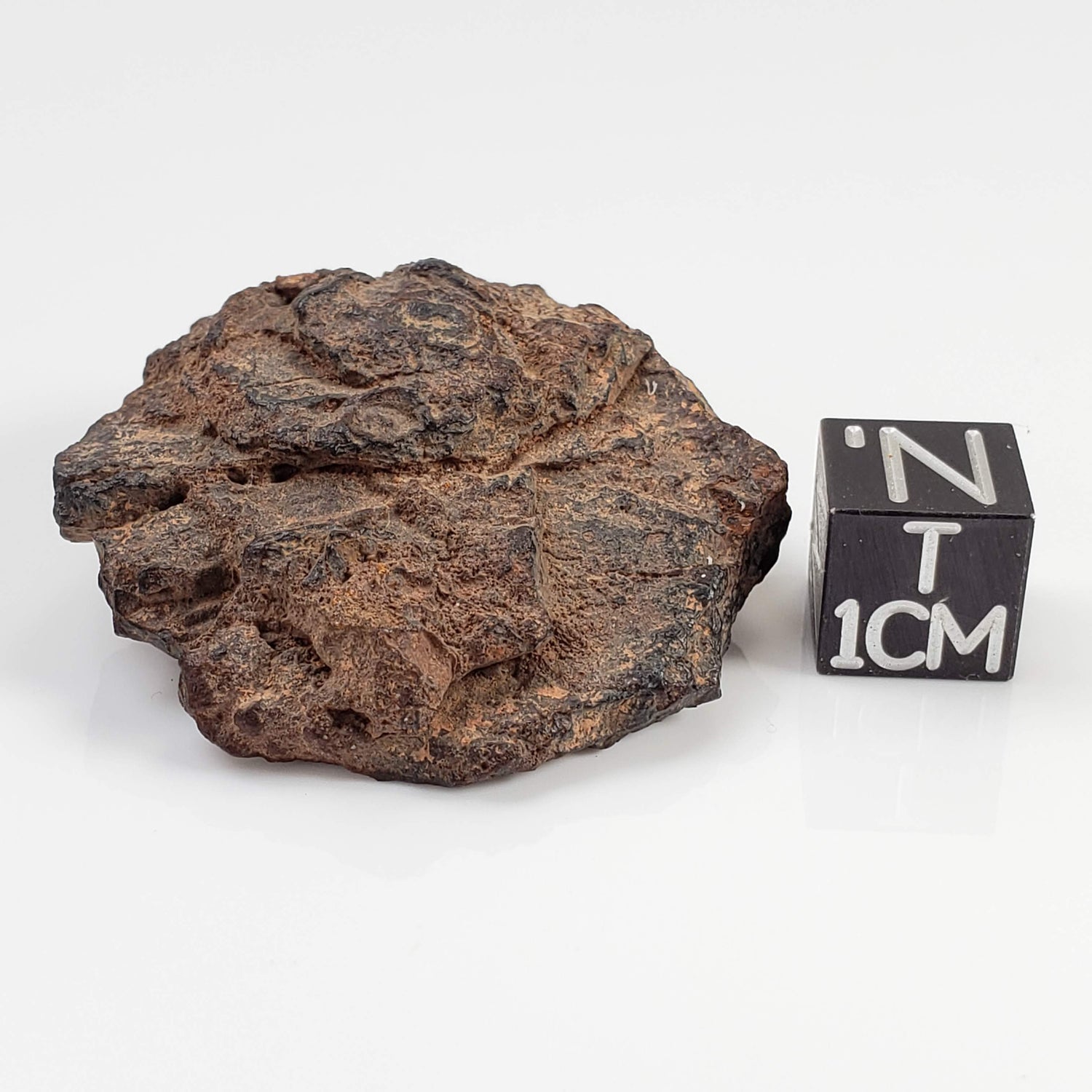
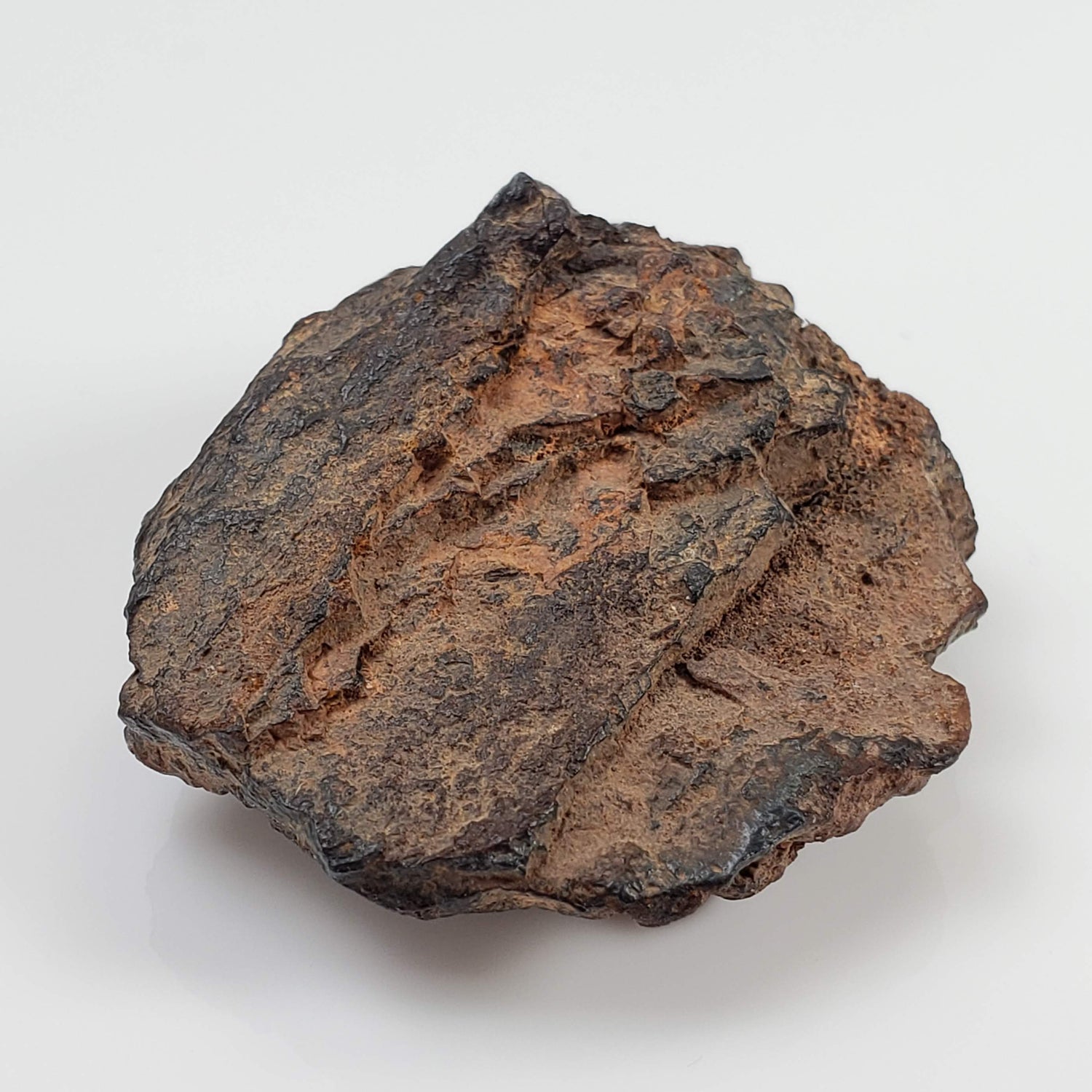
Canyon Diablo Meteorite | 29.39 Grams | Individual | Iron Shale IAB-MG | Arizona U.S.A.
$134.00 CAD
Unit price perCanyon Diablo Meteorite | 29.39 Grams | Individual | Iron Shale IAB-MG | Arizona U.S.A.
$134.00 CAD
Unit price perThis is a stunning Canyon Diablo classified meteorite shale specimen weighing 29.39 grams. Its dimensions are 38x35x15 mm. This Iron (IAB-MG) classified meteorite was found in Arizona in 1891. So far approximately 30 T of this material have been recovered.
The crater it formed is world famous and known as Meteor Crater (also known as "Barringer Meteor Crater"). It is an Arizona Meteorite and one that is a must have for any collection. The Canyon Diablo has been closed to hunting for many years so these pieces are becoming more difficult to acquire and this is a good time to get a fine specimen.
Would make a beautiful addition to any new or existing collection. Comes with a Canagem Collection specimen card.
This is a nice looking end cut of a Sahara Desert NWA unclassified meteorite. It weighs 73.75 grams and measures 46x34x26 mm. This never classified Northwest Africa stone was found in the Sahara desert around 2004.
It's a good quality NWA meteorite end cut. Some weathering shows the meteorite's time spent aging in the desert. Would be a beautiful addition to any new or existing collection. Comes with a Canagem Collection specimen card.
$80.00 CAD
Unit price perThis is a collect of beautiful, thumbnail sized mineral specimens. These rare, premium specimens will be protected in individual display boxes that measure 28x28x21 mm (1x1x7/8 inches).
The locations of the mines for each specimen are as follows:
- Charoite - Murun, Siberia, Russia
- Olivenite - Majuba Hill, Nevada, USA
- Cowlesite - Burnt Cabin Creek, Spray, Oregan, USA
- Berthierite - Herja, Romania
$80.00 CAD
Unit price perThis is a collect of beautiful, thumbnail sized mineral specimens. These rare, premium specimens will be protected in individual display boxes that measure 28x28x21 mm (1x1x7/8 inches).
The locations of the mines for each specimen are as follows:
- Analcime - Burnt Cabin Creek, Spray, Oregon
- Rosasite - Ojuela Mine, Mapimi, Mexico
- Minyulite - Tom's Quarry, Kapunda, South Australia
- Kasolite - Musonoi Mine, Kolwezi, DR Congo
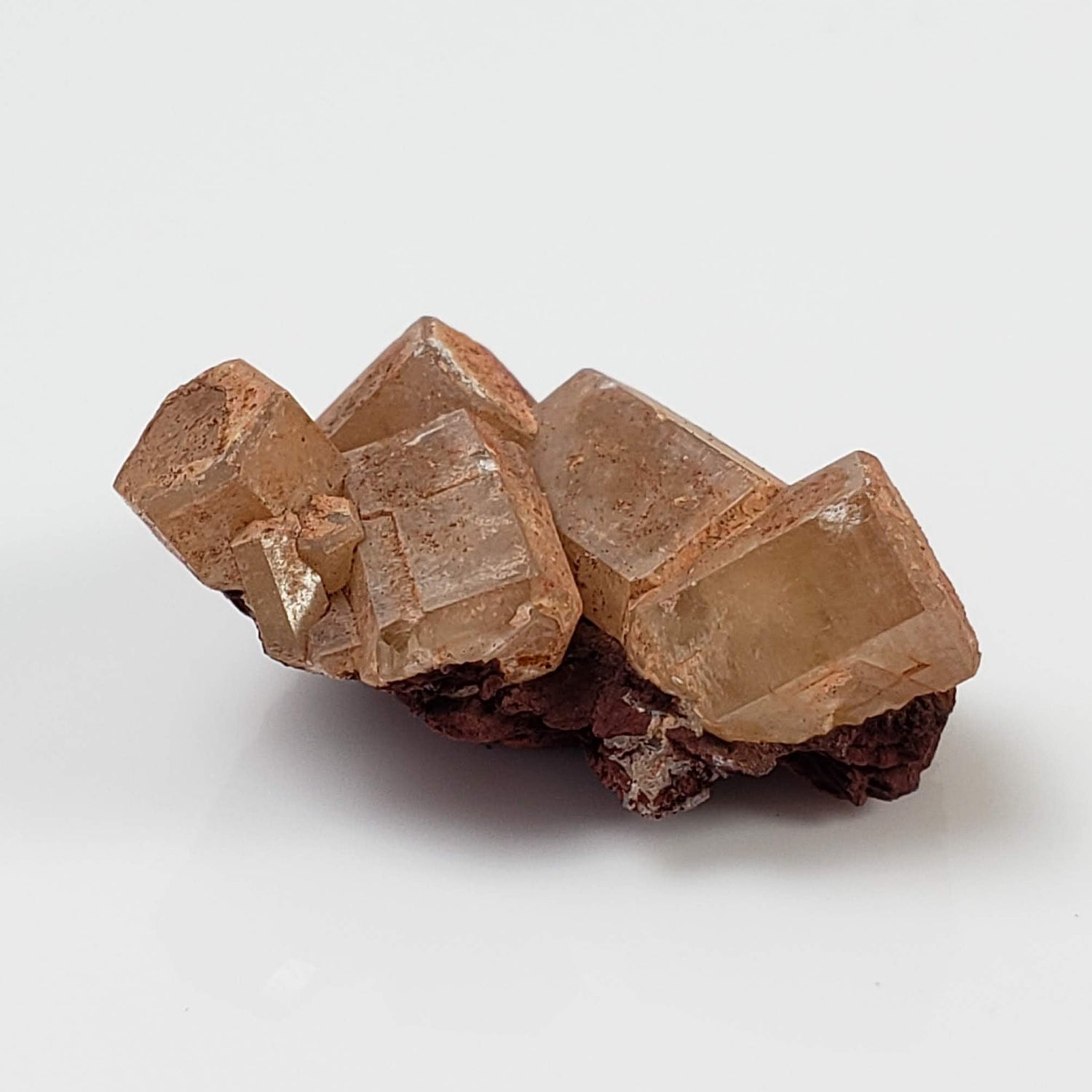
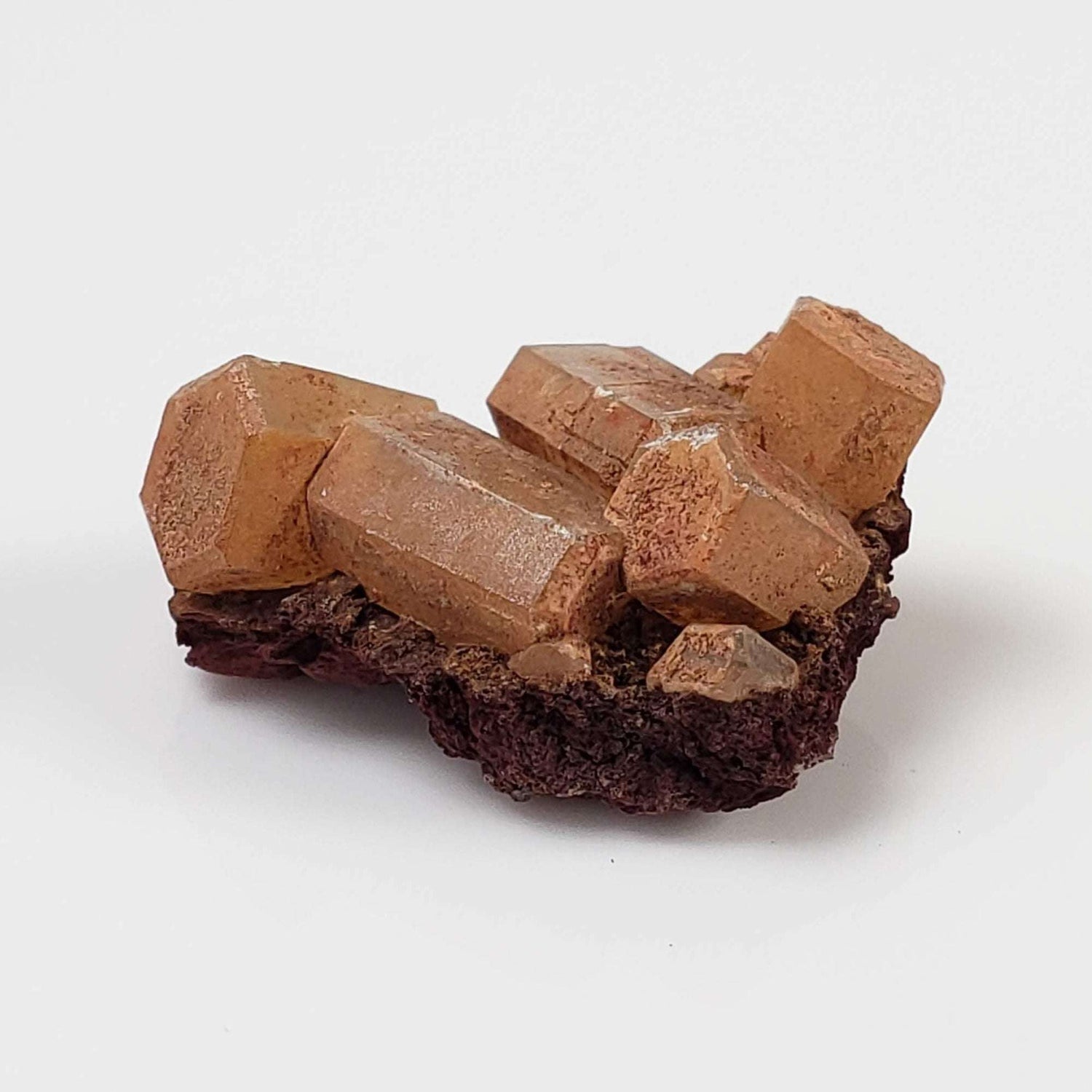
Mimetite Crystal | Display Perky Box | Rare Specimen | Mount Bonnie Mine, NT Australia
$59.00 CAD
Unit price perMimetite Crystal | Display Perky Box | Rare Specimen | Mount Bonnie Mine, NT Australia
$59.00 CAD
Unit price perMimetite crystals from the Mount Bonnie Mine in the Northern Territory of Australia are known for their lustrous, often iridescent, tan to yellow, and sometimes colorless or white, tabular, hexagonal crystals. It is frequently found on a gossan matrix. These specimens are considered rare and highly sought after by collectors, especially those with unusual luster or iridescent qualities. The Mount Bonnie Mine is a well-known locality for producing fine mimetite specimens, often associated with other minerals like Duftite and Coronadite
This extremely rare specimen will come protected in its specimen display box with a Canagem Specimen Mineral Card.
Name: Mimetite Crystal
Specimen Size: Thumbnail-Sized
Dimensions: 18X12 mm / 0.7x0.5 inches
Weight: 3.69 Grams / .13 Ounces
Origin: Mined in Mount Bonnie Mine, Grove Hill, Victoria-Daly Region, Northern Territory, Australia

